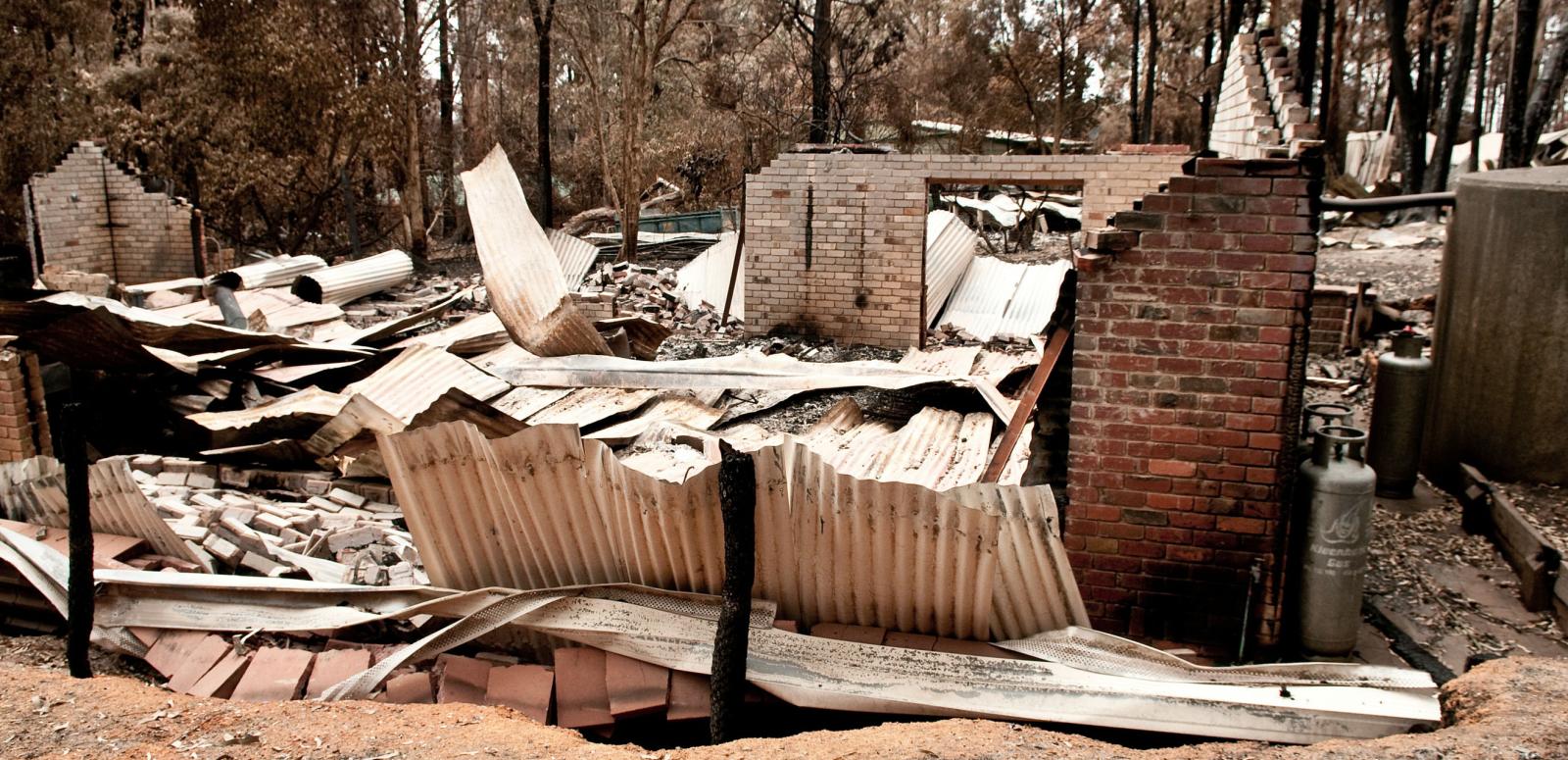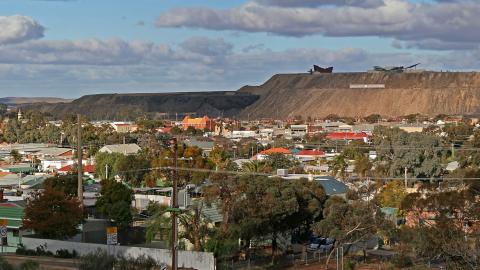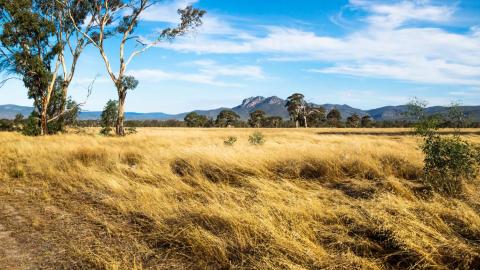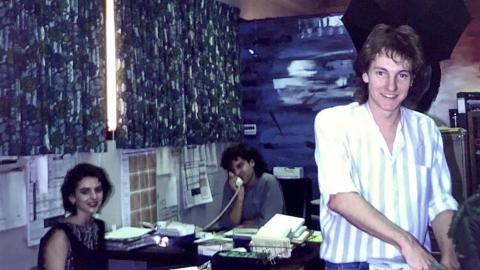

Radio saves lives
Radio saves lives
The theme of World Radio Day 2016 is ‘The role of the radio in humanitarian emergency and disaster situations’.
Radio’s low cost and high accessibility make it an essential means of communication in emergency situations. Australian radio’s reporting of bushfires is a sadly necessary example of the power of radio to disseminate up-to-the-minute information and provide a means of communication for people in danger.
In March 2009 Melbourne radio station 3AW donated to the NFSA a compilation of around 200 recordings concerning the 2009 Victorian bushfires. The coverage includes 7 February, also known as ‘Black Saturday’, and its aftermath, when 173 people died. As bushfires raged in Victoria on that terrible weekend, 3AW suspended normal programming as presenters and other station staff continued to provide information and to take calls from those in affected areas.
In this excerpt from 7 February 2009, Channel 7 reporter Norm Beaman tells radio presenter Neil Mitchell the dramatic story of his wife Annie’s survival during the Kilmore East bushfire. Beaman, talking with Mitchell on his way home and still coming to terms with what has happened, says that for 15 long minutes he lost contact with Annie as the bushfire ravaged their Mount Disappointment property. The emotion is obvious in his voice as he says quietly ‘I thought she was gone. But she’s here.’ Annie survived the fire by jumping into the dam with a blanket over her head.
Audio courtesy of the ‘Neil Mitchell Program’, 3AW Radio. NFSA title: 776146
Photograph: 'Kinglake National Park after Black Saturday bushfires' by Nick Pitsas. Courtesy of the CSIRO Image Bank. Published under Creative Commons 3.0
This excerpt is just one of the stories told by callers to the station that week. Mitchell’s skill is evident as he goes live from one call to the next with no time to prepare. Some stories are tragic, some hopeful. Many of them exemplify the way communities come together in a time of disaster.
During the broadcast Mitchell and his team dispense potentially lifesaving information about road closures and when to stay or leave. Through the medium of radio we bear witness to scared and traumatised people and hear from authorities about the bigger picture of the more-than-400 fires burning in Victoria that weekend. At one point there is an announcement from a power infrastructure provider asking people to use less power because of the load it is placing on the Victorian power system during the heatwave (the temperature in Victoria that weekend peaked in Walpeup at 48.1°C).
Around the world there are great examples of how radio can be used to save lives and aid disaster recovery. One example is First Response Radio – a humanitarian organisation that trains and equips teams in disaster-prone countries to be able to set up a radio station within 30 minutes of arriving, even in places where no infrastructure remains.
Photo credit (main image): 'A destroyed property at Kinglake after the Black Saturday bushfires’. Courtesy of the CSIRO Image Bank. Published under Creative Commons 3.0. Photographer: Nick Pitsas.
The National Film and Sound Archive of Australia acknowledges Australia’s Aboriginal and Torres Strait Islander peoples as the Traditional Custodians of the land on which we work and live and gives respect to their Elders both past and present.


